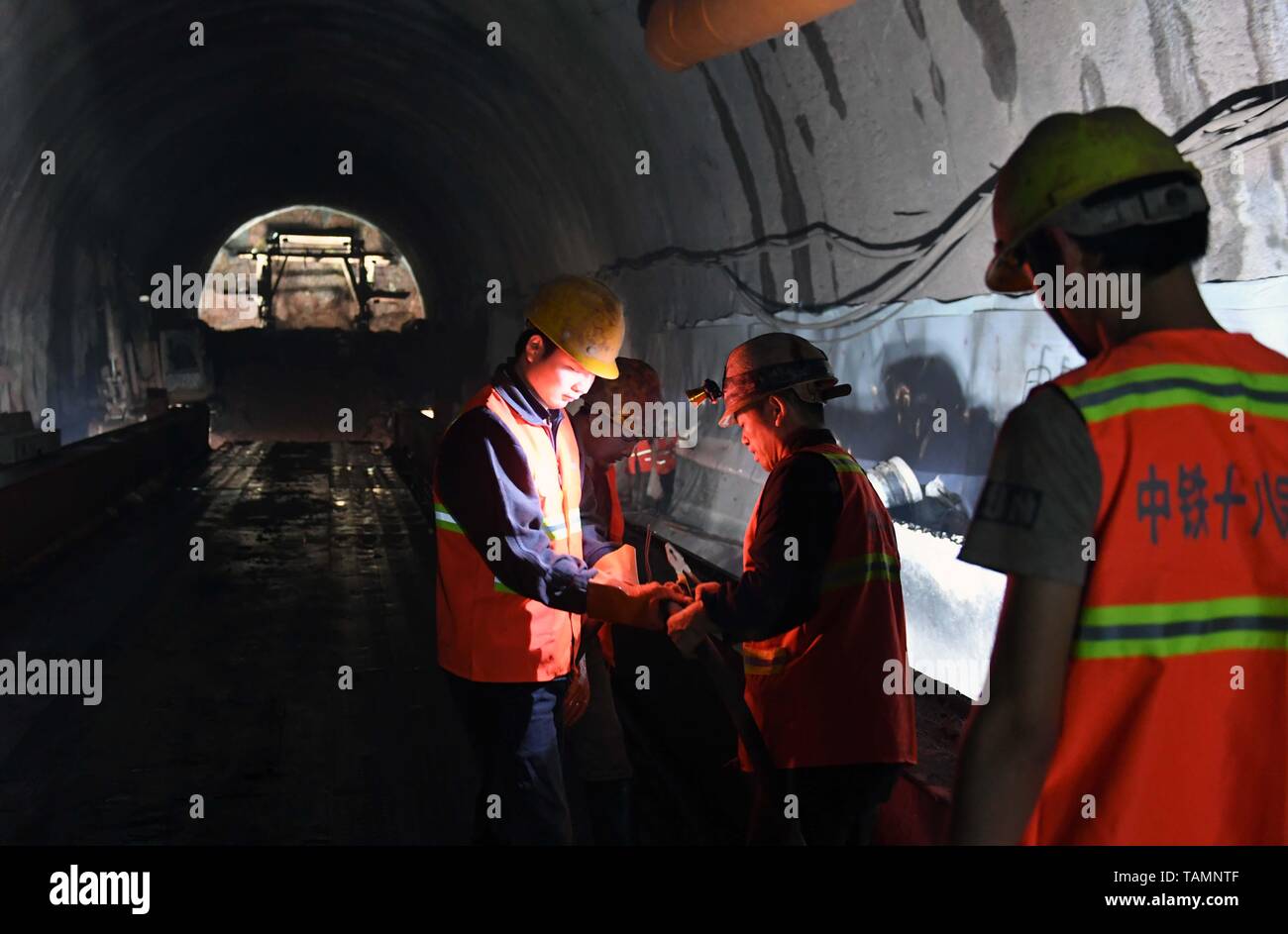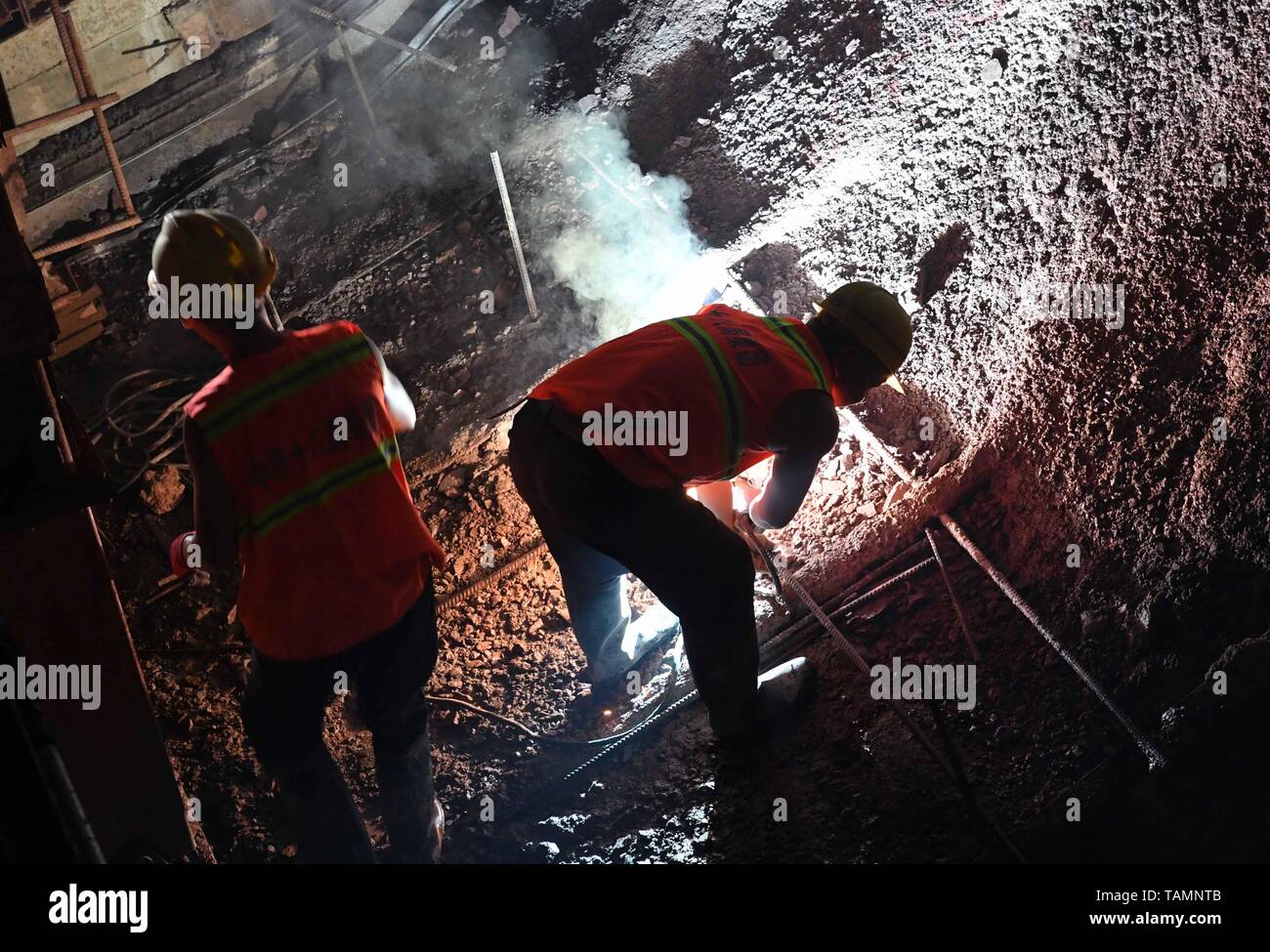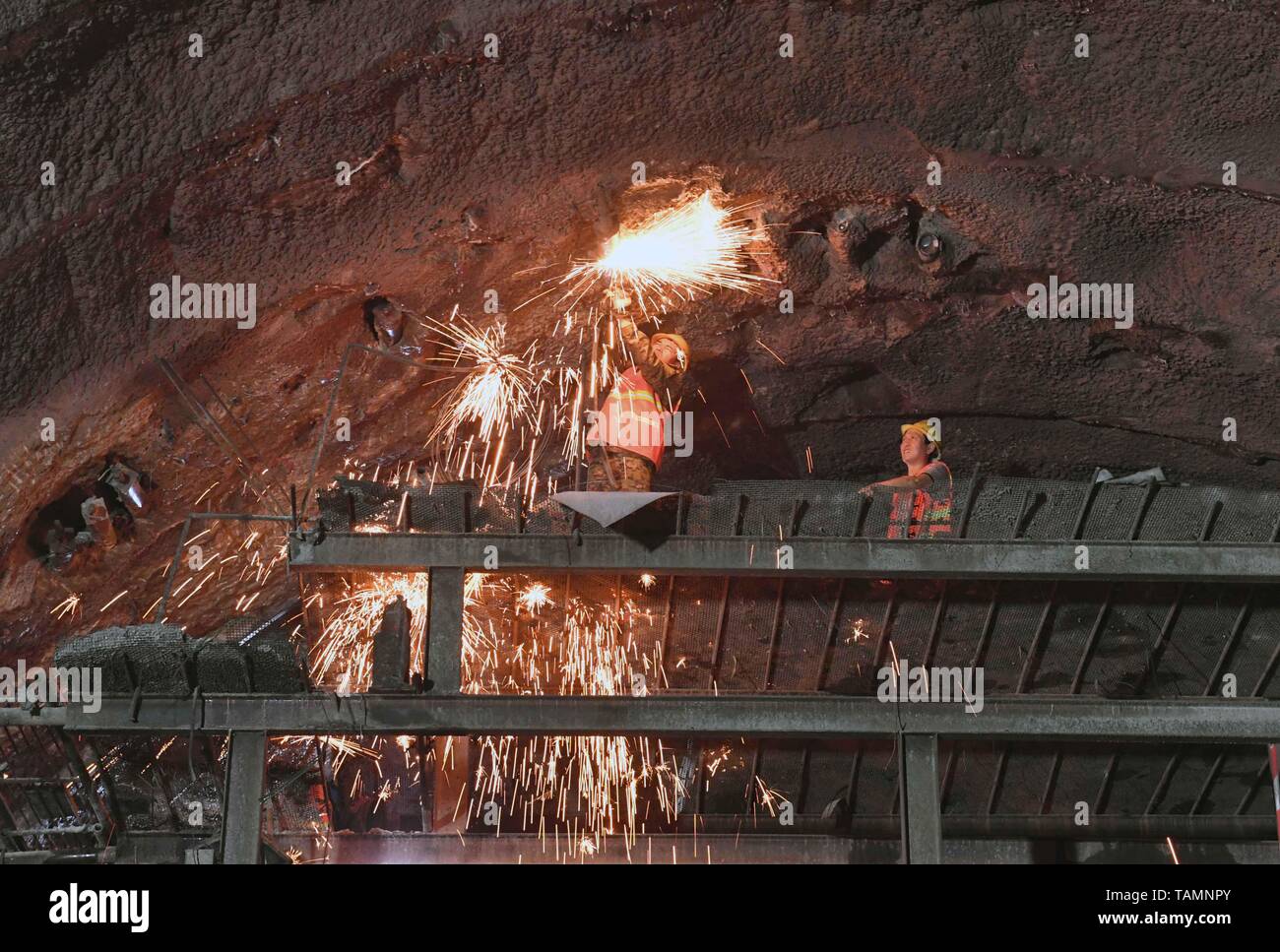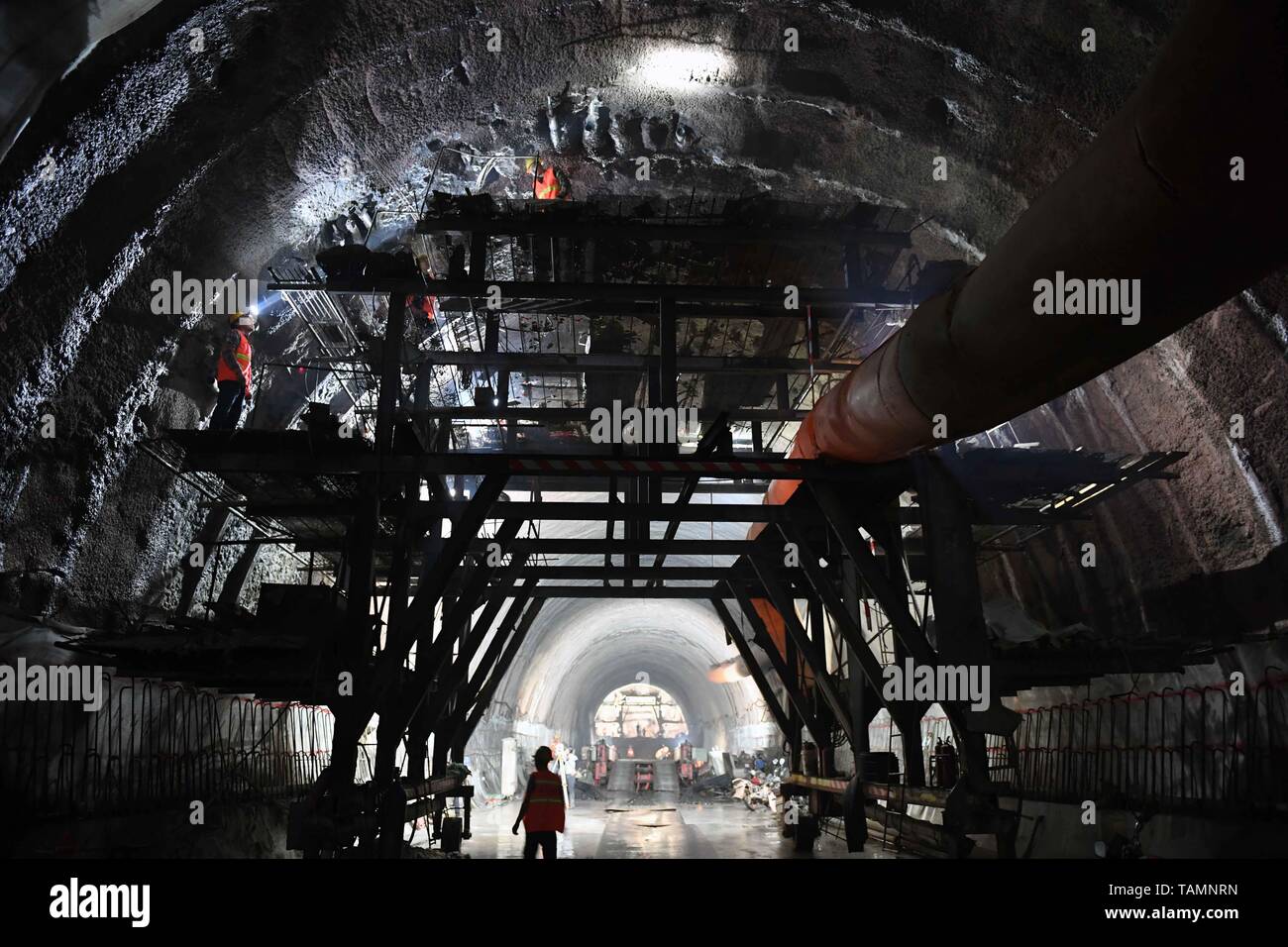China’s ‘Health Silk Road’ Gets A Boost From COVID-19
Transport corridors are coldly indifferent to what travels along them; whether it’s goods or people, armies or disease. The transportation networks that are being set up today for trade could be used tomorrow for conflict; the lanes through which jolly tourists flow could also be vectors for lethal pathogens. This has been the story of the trade and the Silk Road from the beginning, and today it’s no different.
While the COVID-19 epidemic has spread out of China along the routes of the Belt and Road (BRI), those same corridors, ports and logistics hubs are now being used to provide medical support to partner countries in need as Beijing attempts to position itself as a global leader in healthcare—a move which Chinese President Xi Jinping calls the “
.”
On March 21, a train loaded with 110,000 medical masks and 776 protective suites departed from Yiwu, in the east of China, bound for COVID-19-ravaged Spain, 17 days and 13,000 kilometers away. This was the same
that made headlines transporting goods across continents, linking east and west. Today, it is moving life-saving supplies.
The China-Europe rail network, which now connects dozens of cities in China with those in Europe, is both a viable solution to ship high-value, heavyweight goods between the two regions cheaper than air and faster than sea, but is also a physical vehicle for Chinese diplomacy and, at times, blatant propaganda. When Beijing wants to promote an enhanced partnership with another nation via the BRI they send them a train—
.
“Beijing is using the network of recipient states that it has cultivated through the Belt and Road to legitimize its response to COVID-19,” said
of D.C.’s Center for Strategic and International Studies. “The train services to Spain make great headlines, but it's also a little ironic because shipping by air would have been faster and more appropriate for an emergency response.”
This point was driven home as the Jack Ma Foundation sent five-times as many masks to Spain much faster by air.
“It'll be interesting to watch China's ongoing “charm offensive" with the provision of health equipment and whether this soft-power push can turn the tables on Beijing's critics,” said
of Greece’s Institute of International Economic Relations.
Propaganda value aside, the providing of medical equipment in a time of crisis to a BRI partner via rail shows that the network keeps with one of its foundational pillars: to support person-to-person connections between China and the rest of the world. More pragmatically, you may as well fill these trains with
something, as the subsidy-dependent network has an embarrassing tendency of
.
These trains are also one of the few sectors of the Belt and Road that are still in operation, as the rest of the network has been more or less shut down since the start of the COVID-19 pandemic. Most BRI-related projects are heavily dependent on China for support: building materials come from China, workers come from China, and the funding comes from China. With 130 countries closing their doors to Chinese citizens and people flying from China along with supply chain disruptions from Chinese factories not running, the Belt and Road has been
:
“Work has stopped along the China-Pakistan Economic Corridor, Cambodia’s Sihanoukville Special Economic Zone has come to a standstill, the Payra coal power plant in Bangladesh has been delayed and projects across Indonesia, Malaysia and Myanmar have been stuck in holding patterns.”
As dozens of Belt and Road projects sit idle around the world, readjustment on the repayment in loans to build them will need to be made, and the chances of some of them succumbing to circumstances and
is not out of the question—a state of affairs that is not uncommon along the BRI in even the best of times. Even before COVID-19 hit, large contingents of the Belt and Road were
, and now the future of many projects is looking even more bleak.
“The recovery of China's domestic economy will be Beijing's utmost priority in 2020 and that will require much-needed resources, and the BRI will be hard to sell domestically,” Tonchev explained. “All the countries along BRI routes will find themselves in a tight spot and there will be an ever-growing demand for infrastructure but extremely limited resources available in the wake of the outbreak.”
However, picking up knocked-down countries has always been a core part of the Belt and Road’s strategy. If we look back through the history of the initiative we see China stepping into countries like Greece, Italy and Sri Lanka and trying to rebuild their shattered economic realities...in exchange for a bigger footprint for Chinese companies, more leverage for Beijing, and, of course, piles of debt. We only need to remember that China’s takeover of Greece’s Pireaus Port was a
.
Hillman says that China’s moves during the pandemic are “orchestrating a Belt and Road echo chamber. Recipients need assistance and they're praising Beijing's response [to the outbreak] to get it. China has been able to get statements of praise from Pakistan, Serbia, Ethiopia and Italy—all countries it has cultivated political and economic ties with through BRI.”
of the Netherland’s Clingendael Institute outlines three potential long-term impacts on the BRI from the Covid-19 pandemic:
1) A greater role for state-supported Chinese companies in global sea and air transport, while some of their more market vulnerable foreign competitors may go bankrupt or downsize.
2) Increased pressure on China’s relations with developing countries that built infrastructure with Chinese money and struggle to repay their debts.
3) An additional motive for China to take more of a leadership role in multilateral platforms, such as the G20, the World Bank, and the IMF.
The world has been left reeling by the COVID-19 pandemic, and the apparent opportunity to rearrange the geopolitical pecking order has revealed itself. As the U.S. and China exchange barbs over responsibility for the virus, Beijing is taking action along the Belt and Road to repair its image, reinforce ties with allies, and possibly undermine what has been the dominant global power structure for years.
“China is now trying to play up the benefits of connecting with the Belt and Road by offering medical supplies,” said Hillman. “But when the dust settles, will nations and companies see greater risk or reward in forging connections with China? I suspect the the former, but we'll have to see.”




























